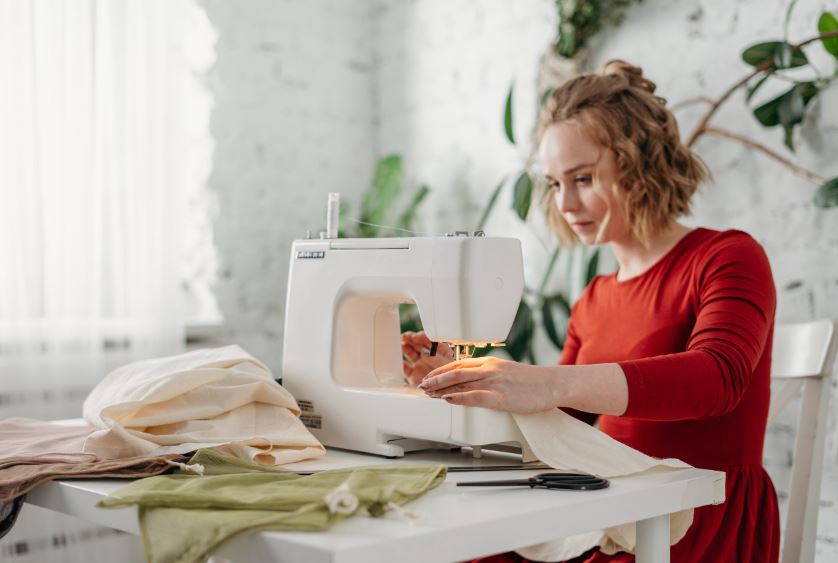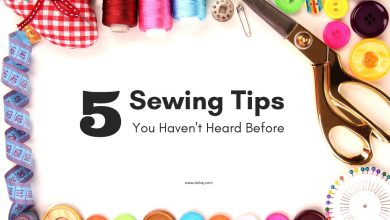Beginner’s Guide To Sewing Machines

Beginner’s Guide To Sewing Machines: Hello! It’s Molly corwe from Dohaj, and I’m here to share some essential tips to help you conquer your sewing machine woes. Whether you’re just starting out or looking to refine your skills, these beginner-friendly tips will set you on the path to sewing success.
Accornding to Melinda, the Owner and Admin of TheSewingStuffs.com said, Of course, cutting and sewing can be learned at home. But it would help if you understood that this path is longer and requires much attention and patience.
Beginner’s Guide To Sewing Machines

1. Raise the Presser Foot
One common beginner mistake is forgetting to raise the presser foot when threading the needle. Raising the presser foot releases the tension disk, allowing the thread to be properly inserted.
Always start by raising the presser foot to ensure smooth stitching.
2. Properly Insert and Secure the Needle
Ensure the needle is inserted all the way up in the slot inside the needle bar and securely attached. If not properly attached, the needle might get sucked inside the fabric, causing issues.
Double-check and tighten it firmly to avoid sewing mishaps.
3. Thread the Machine Correctly
Follow your sewing machine manual to thread the machine properly. Use thread guides and tension disks to guide the thread correctly.
Make sure the thread sits properly in the tension disk by gently flossing it back and forth. Threading errors can lead to uneven stitches, so pay attention to this step.
4. Winding the Bobbin
Refer to your manual for bobbin winding instructions. Avoid overfilling the bobbin, as it can cause friction inside and affect the smooth movement of the thread.
Stop a little before the bobbin is full to ensure optimal performance.
5. Pull Back the Threads
Before you start sewing, pull back the threads behind the sewing machine. This simple step prevents tangled threads and messy stitching underneath the fabric.
6. Understanding Tension
Understanding tension is crucial for achieving professional-looking stitches. While many sewing machines have automatic tension settings, sometimes manual adjustments are necessary.
Experiment with tension settings based on the thread thickness and fabric type. Practice with different tension levels to find the perfect balance for your projects.
7. Controlling the Fabric
Learning to control the fabric takes practice. Develop a gentle but firm grip on the fabric to guide it through the machine.
Avoid pulling or forcing the fabric, as it can lead to stitching issues. Use tools like seam guides or post-it notes to help you sew straight lines until you master the technique.
8. Practice Patience and Persistence
Lastly, remember that sewing is a skill that improves with patience and practice. Don’t be discouraged by initial challenges. Keep practicing, and over time, your sewing skills will significantly improve.
Conclusion
By following these essential tips, you’ll set yourself up for success with your sewing machine. Remember, patience and practice are your best friends in the sewing room.



